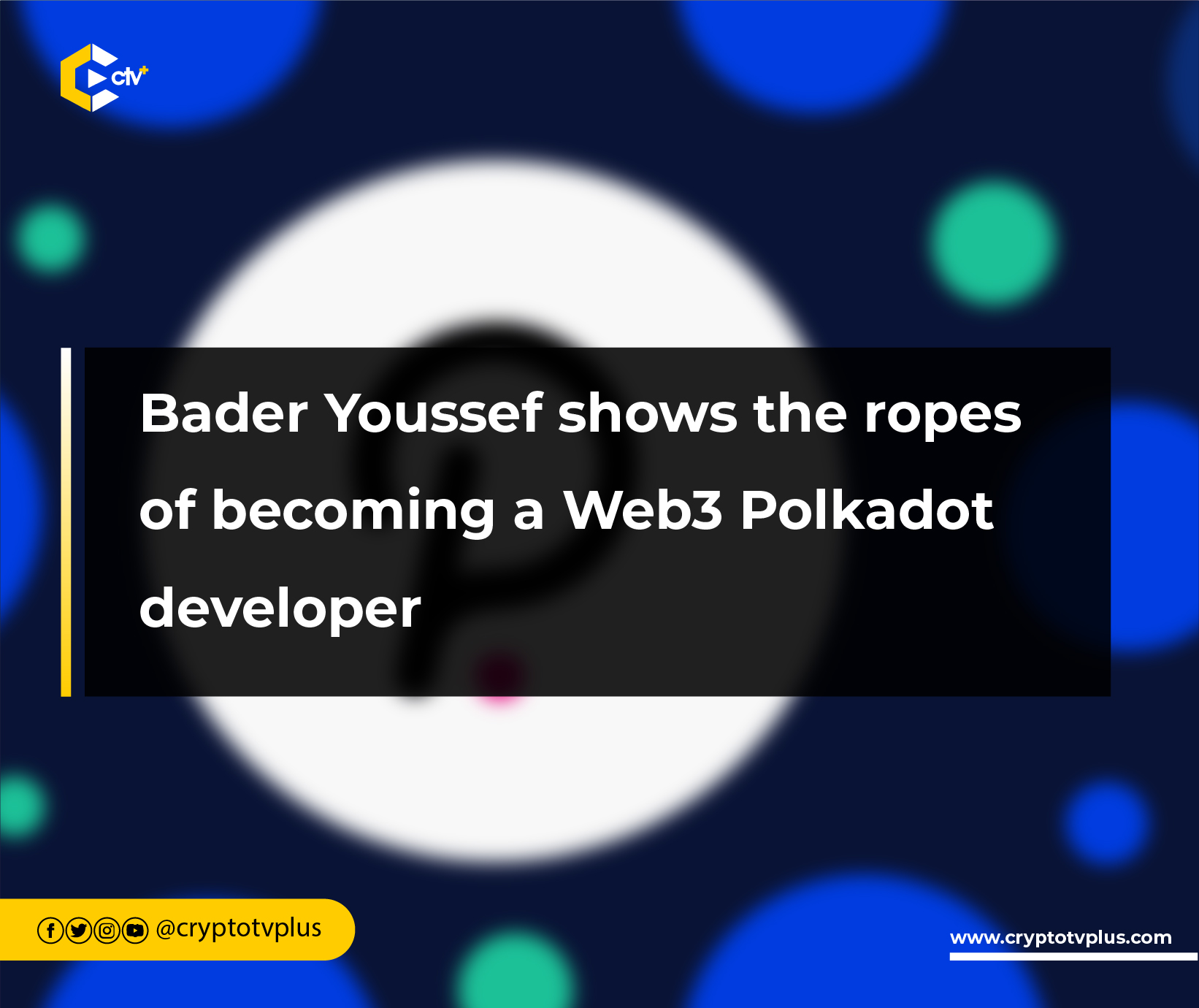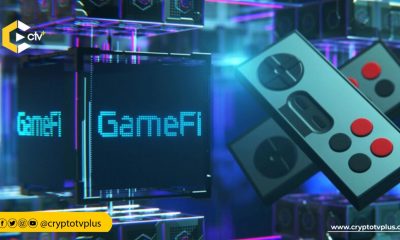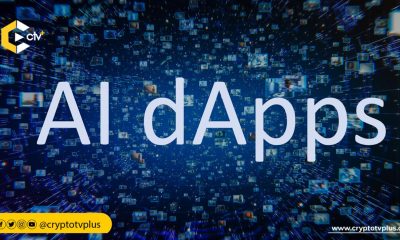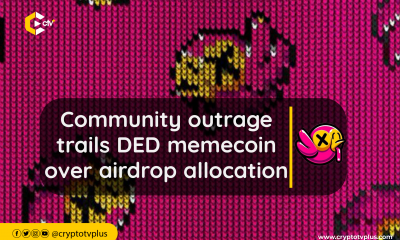FEATURED
Bader Youssef shows the ropes of becoming a Web3 Polkadot developer

In the dynamic realm of Web3 technology, the landscape is continually changing, with new buzzwords and concepts emerging regularly.
To shed some light on the complexities of this space, Bader Youssef, a Technical Educator at Web3 Foundation, shared his insights during a recent presentation on how to become a substrate developer.
Speaking to the audience, he first said that many individuals brand themselves as “Web3 developers” or mention Web3 in their professional profiles.
However, Bader noted that Web3 is not just about technological buzzwords; it represents a fundamental shift toward creating systems that prioritize robustness and security over trust.
He explained that Web3 is about building systems that keep people in check and secure, rather than relying solely on trust.
While Web3 often conjures images of smart contracts, roll-ups, and layer twos, the educator urged listeners to recognize that the Web3 space is far more expansive than these technologies alone.
Types of Web3 developers
Speaking further to the audience, he said that there are two kinds of Web3 developers. Those focusing on the client side (front-end development) and those working on the protocol side (blockchain development).
For client-side developers, various libraries and tools are available to build decentralized applications (dApps) that leverage Web3 services.
“This is like client-side which focuses more on the layer of the application,” he said.
These tools are used to build unstoppable apps, a term mentioned in the Polkadot ecosystem, which is “applications which use Polkadot or Substrate or a blockchain to some level with nothing in between.”
On the protocol side, he noted that Substrate simplifies blockchain development significantly. This is where “we get into smart contracts, into building blockchains.”
Substrate serves as a framework, providing essential tools and libraries for building blockchains. It abstracts complex components like networking, consensus, and block authoring, allowing developers to focus on building their specific blockchain applications.
Various aspects of a Web3 application
He noted that Web3 systems, in general, are complex and involve various components and moving parts. These components include networking, peer-to-peer communication, business logic, state storage, and system upgrades.
Web3 systems often require networking capabilities to connect nodes and participants in a decentralized network. Peer-to-peer (P2P) communication is essential for decentralized systems as it allows nodes in the network to interact with each other directly without relying on a central server or authority.
Business logic refers to the rules and algorithms that govern how a Web3 system operates. This logic defines how transactions are processed, how smart contracts are executed, and how the system behaves in response to various inputs and conditions.
There is also a need to store and manage the current state of the system. This state can include data related to user accounts, smart contract storage, and other relevant information. Efficient state storage is crucial for system performance and reliability.
Over time, it may be necessary to make improvements or changes to a Web3 system. Traditional blockchain upgrades can be complex and require a hard fork, which can be disruptive.
However, Substrate offers a feature called “forkless upgrades,” which allows for seamless runtime replacement without the need for a disruptive hard fork. This makes upgrading the system more efficient and less disruptive to users.
Getting started with Substrate
To kickstart a career in Web3 development, Youssef noted the importance of learning Rust, the programming language of choice for Substrate and blockchain development.
Rust’s focus on type safety and memory safety aligns perfectly with the requirements of the Web3 space.
He added that Substrate is quite analogous to React, a popular front-end framework. Just as React provides a set of libraries and tools that allow developers to build web applications by mixing and matching components, Substrate operates similarly.
Substrate offers a set of libraries and tools that developers can use to construct their specific blockchain solutions.
This approach allows developers to create customized blockchain systems while ensuring compatibility with other Substrate-based chains, traditional blockchains, or even the Ethereum Virtual Machine (EVM).
He encouraged aspiring Web3 developers to start with Substrate’s “Ink” smart contract language, which is embedded within Rust.
Learning Ink allows developers to understand the core principles of blockchain development while writing safe and efficient code.
Cumulus on Substrate
Youssef also introduced the audience to the Cumulus, he said it is an essential component within Substrate, primarily used for building parachains. Parachains are not limited to connecting with Polkadot; Substrate allows developers to create standalone blockchains.
However, to build a parachain for Polkadot, Cumulus is necessary. It extends Substrate with dedicated functions and utilities required to validate with the Polkadot relay chain. This includes features like Proof of Validity blocks.
In essence, Cumulus augments Substrate’s capabilities, making it suitable for building parachains that are compatible with the Polkadot ecosystem. Substrates serves as a foundational layer for building various blockchain technologies, incorporating these functionalities seamlessly.
Start small, and access the polkadot academy
He added that there is a need to also approach Web3 development with an innovative mindset, suggesting that solving small, specific problems within the Web3 space can be more impactful than attempting to tackle vast and complex challenges.
In closing, Bader encouraged all listeners to explore the Polkadot Blockchain Academy, which offers an immersive program lasting four to five weeks, providing in-depth education on various aspects of Polkadot blockchain technology, including game theory and economics.
Additionally, he noted that there’s a Developer Heroes program with a presence at a booth. Furthermore, the Web3 Foundation is in the process of developing additional courses to expand its educational offerings in the blockchain space.
Read also; How Solang Brings Solidity to Polkadot
























